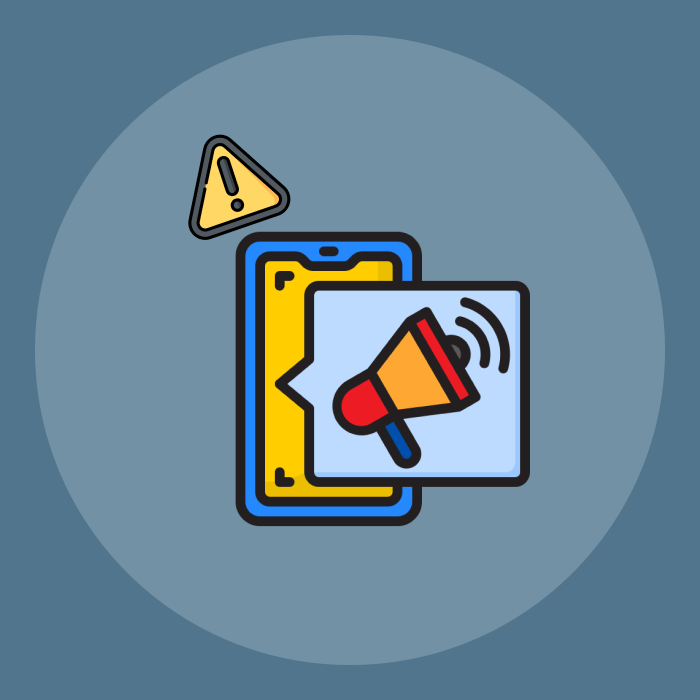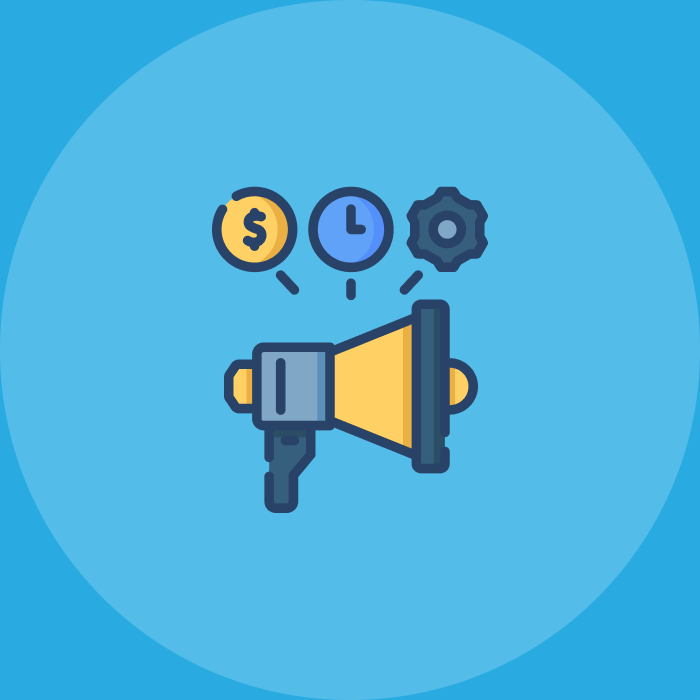5 Innovative ways to unlock the power of B2B referral programs for your business (incl. examples and tips on gamification, omnichannel experiences, etc.)
Referral programs aren't limited to B2C. Decision makers in the B2B industry also turn to trusted people while purchasing. A study by Salesforce highlights that 84% of B2B decision-makers start their buying process with a referral.
But, how you approach B2C referral strategies vastly differs from running a successful B2B referral campaign. That's why, in this article, we are disclosing the top five approaches to running a wildly converting B2B referral program.
Let's start with the first one:
1. Leveraging Artificial Intelligence (AI) for Personalized Referral Programs
Leveraging AI in your referral strategies eliminates the guesswork of manually managing the program. Using this tool can help you create better referral campaigns by:
- Analyzing user data (customer behavior, purchasing history, engagement patterns, etc.).
- Segmenting your audience.
- Generating personalized and compelling content (clever CTAs, success, error messages, etc.).
- Allowing referral code customization.
- Optimizing rewards and incentives (e.g., offering discounts on the products customers often purchase as an incentive).
Your best bet is to choose an AI-powered referral software that does all the above and more. But before that, list all the steps or actions that should occur in the program.
For example, do you give customers a $25 gift card for each referral? Or do you send out monthly email updates to all the participants?
Once you have set up the repetitive tasks that can be automated, choose the software that suits you best. Decide what actions must trigger the AI for the next step. Train the software from past examples and write down the actions you want it to take.
Use predictive analytics to keep the referral program effective and aligned with evolving customer preferences. This way, you can create a super-personalized program that not only turns leads into customers but also cultivates trust and loyalty amongst your existing customer base.
2. Utilizing Influencer Marketing to Expand Referral Reach
While ranked lower than personal recommendations, influencer referrals are still trusted by 71% of consumers worldwide. The conversion rates of their product reviews and ad placements can play a crucial role in your b2B referral program by:
- Giving you a broader reach on lower budgets.
- Raising brand awareness.
- Offering greater engagement with consumers.
- Establishing your credibility.
- Building trust and loyalty.
Make sure you leverage this for your B2B referral program with these steps:
Connect with the Right Influencer
Find influencers that embody your brand and have an audience that fits your customer persona. Look for influencers in the same niche and a similar set of interests. This will help establish your credibility.
Once you've found the right influencer, pitch them a partnership opportunity with your referral programs.
Provide Unique Referral Codes
Give the influencer a custom referral code and ask them to mention your brand. Make the code memorable so that the audience can associate both with the influencer and the brand.
Encourage these influencers to invite their followers to earn rewards, too. You want to turn their followers into your brand advocates.
Keep the Incentives Appealing
Offer a high-value reward or incentive to the influencer. If possible, give them multiple referral options so they can choose what they want to receive as perks. This will increase the likelihood of people participating in your programs.
Equip your Influencers
For the highest conversion, allow your partnered influencers to track and measure their performance. Provide them access to marketing automation tools to monitor the referral codes. As the influencer relationship with your brand strengthens, you can also provide them with content creation tools–enhancing your referral strategy even more.
3. Embracing Gamification to Encourage Referral Engagement
Think of elements that hook you to a gaming app–accumulating points, unlocking achievements, or advancing through levels. Brands use this hook at different stages of their B2B sales funnel to increase engagement and conversion. The same can be applied to a referral program.
Niel Patel, the digital marketing genie, says that "gamification can boost conversion up to seven times" in every marketing campaign (including referral programs). There's no reason you can't use similar gaming elements and encourage users to share your brands with friends.
But how? While the possibilities are limitless, and your creative team can come up with unique gamification tactics that appeal to your customers, here are some hints for you:
Points
Add points to every referral made. These points can then be tallied up and traded for gifts. Here's an example:
- If you refer a friend, you'll get 10 points.
- If the referral makes a purchase, you’ll get 50 points.
Progress Bars
A referral progress bar gives customers a measurable gauge for how many referrals they've made and how many more they need to reach the next reward/stage. This is often used with tiered referral programs where the more the customers refer, the better rewards they earn.
But you don't necessarily need different incentives. You can award customers new sharing rankings every time they make a referral.
Referral Leaderboard
A publicly available referral leadership board can motivate users to send more referrals and seize the top ranks. It can work wonders for your programs, especially if the top referrers receive unique rewards. For example, the top three referrers win one grand prize.
Badges and Achievements
Awarding badges to referrers for achieving particular milestones or the number of referrals made gives your users a sense of accomplishment and recognition.
Plus, these badges can be used in a variety of ways. For example, you can reward tiered badges to encourage more referrals. Allow them to bundle other rewards and display their badges on their website. Similar to what Dreamstine does.
The brand gives badges after the referral hits a specific number. Users can display these badges on their website for even more reward-earning opportunities.
Contests
Like leaderboards, contests challenge customers to compete for a grand prize. Or you can pick random referrers who actively participate in your referral programs (keeping all the referrers motivated).
These flash contents, especially when paired with limited-time offers, work magic. Even better, consider running "flash offers" where the referrers and new customers can both earn larger prizes (for example, during the holiday period).
4. Implementing Omnichannel Referral Experiences
Customers find referral programs through varied channels. B2B Podcasts, for example, are one of the most impactful ways to reach and engage with your audience. Given the intimate nature of podcasts, promoting your referral programs will encourage participation from not only existing customers but also new listeners.
However, what happens if the customer discovers the program through a podcast but can't find it on any other platform? They'll not refer. It's your job to ensure this experience stays as seamless as possible–that means adopting an omnichannel referral program.
On top of improving the overall experience, an omnichannel referral program can help increase referrals by expanding exposure, nurturing customer loyalty, and getting higher conversion rates.
The channels you choose will depend on your particular business and customer personas. But here are some popular ones to include in your omnichannel referral program:
- SMS
- e-Receipts of referral codes
- QR codes
- Mobile application/ website
- Social media
But don't stop at adopting different channels. Make sure that switching between technology (mobile to laptop, for example) also doesn't affect your customer journey.
For example, Dropbox implements an omnichannel referral program that allows users to invite their friends through the mobile app or website. On completing the referral form, the user gets an email from Dropbox or a referral link directly from the referrers (e.g., via social media.)
The company then offers additional storage space as a reward for both the referrer and the referee–increasing Dropbox's signups by a whopping 60%.
5. Embracing Video Marketing for Compelling Referral Storytelling
Video marketing makes your brands more personal, human, and practical–the same is true for referral storytelling. When you use video, you connect and convert more effectively. Leads you've never met will feel like they know you because it makes you more psychologically proximate to people.
The simple act of adding videos to your referral program is going to make your business more referable. However, be clear on why someone should make the referral. Give them some reason. Studies show that even the most basic reasons can go a long way than no reason at all.
One-to-One Video
For high-end clients with impressive networks, you can make a personal, one-on-one video asking them to participate in the referral program. This allows you to greet the person by name, re-establish the relationship, and convey the program's benefits–leading to better conversion.
Automate
At what point are your customers truly satisfied? This is when you should ask for an online review–there is no reason why a referral request can't be tagged along in the video. Even though it's not 1:1, the right context can still make it personal and more compelling.
A Mass Message
The last way is to send video messages to all of your customers. You can send it seasonally or once a year. The key is to be clear on who should be referred, how they should do it, and why they should do it.
Doing this in mass will mean requesting the same people for referrals. However, these customers are always growing their network and can have consistent new leads for you.
Pro-Tip: You get what you give. Let’s say you are a business owner who bought insurance and is now referring to the insurance company on your social media. When making this referral, use a video. The video will inspire your customers to reciprocate the same for you.
B2B Referral Strategy: Track, Measure, and Improve
No matter how incredible your strategies are, chances are your B2B referral campaign won't be perfect in the first go. And that's okay–practice makes perfect, after all!
The key is to track the effectiveness of your every move–measure which strategy is performing best and which is not. A/B tests different approaches and keeps improving–the conversion will show you the results.
Subscribe to weekly updates
You’ll also receive some of our best posts today











